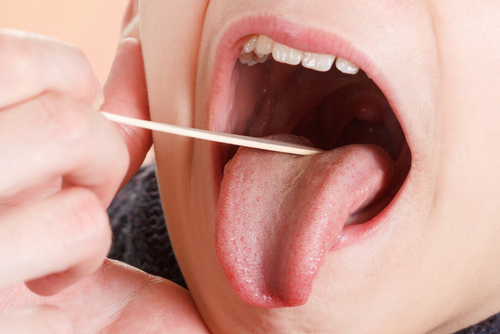Kawasaki disease is a rare childhood illness that involves the inflammation of the blood vessels. This is also called mucocutaneous lymph node syndrome because it also affects the lymph nodes, skin, and the mucous membrane inside the mouth, nose, and throat. The symptoms can be severe for several days and can look scary to parents. But then most children return to normal activities.
The disease was first described in Japan by Tomisaku Kawasaki in 1967, and the first cases outside of Japan was reported in Hawaii in 1976. The disease occurs most often in children of Asian and Pacific Island descent, and more likely to affect more boys than girls. The disease is most common in children ages 1 to 2 years and is less common in children older than age 8. It does not spread from child to child.
The cause is unknown, but scientists believe that there is a link between bacteria, viruses, or other environmental factors. The body’s response to a virus or infection combined with genetic factors may cause the disease.
Kawasaki disease can harm the coronary arteries, which carry blood to the heart muscle. Most children who are treated recover from the disease without long-term problems. Your doctor will watch your child for heart problems for a few weeks to a few months after treatment.
Kawasaki disease is a leading cause of acquired heart disease in children. When inflammation of the blood vessels to the heart occurs, it weakens the vessels and may cause it to bulge, known as aneurysm. Aneurysms can increase the risk of blood clots that could lead to heart attack or internal bleeding.


